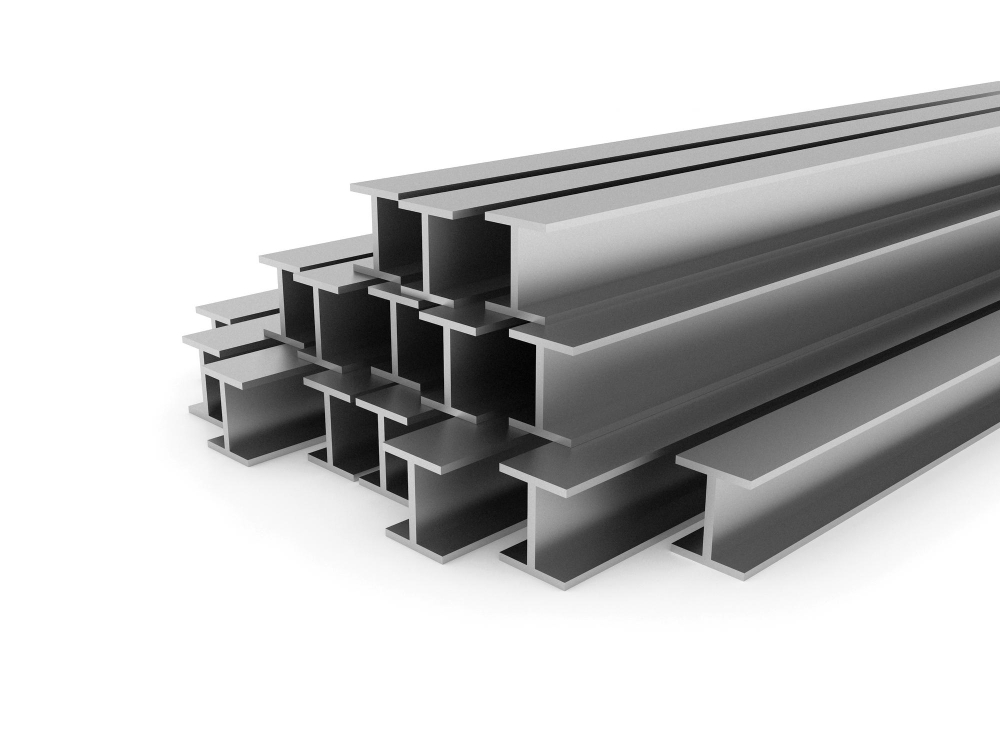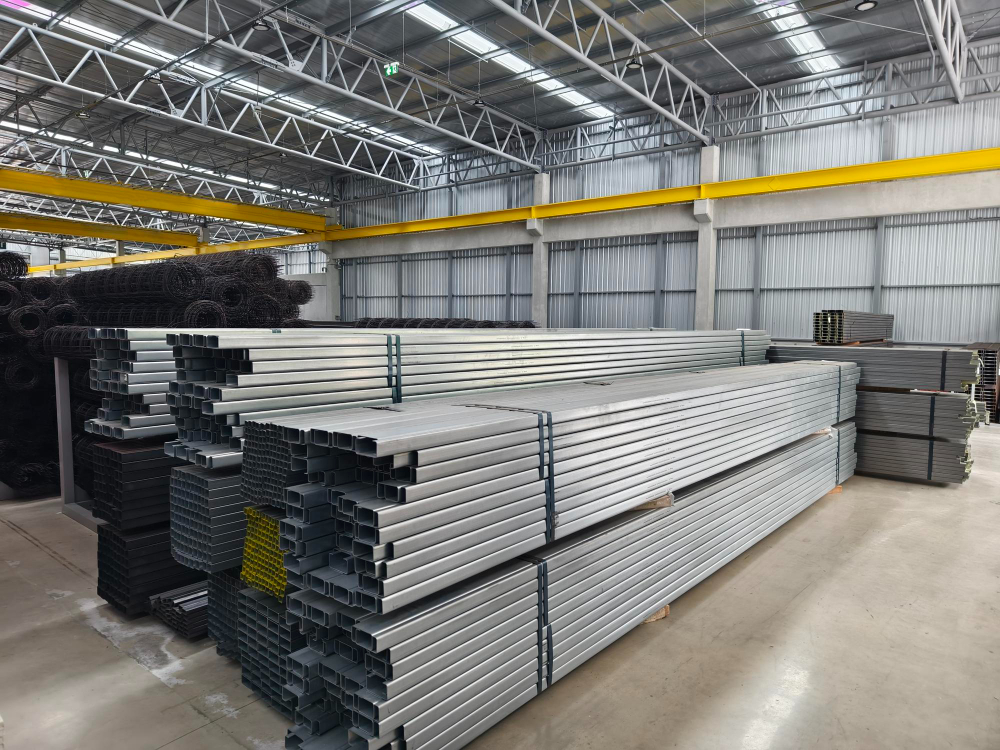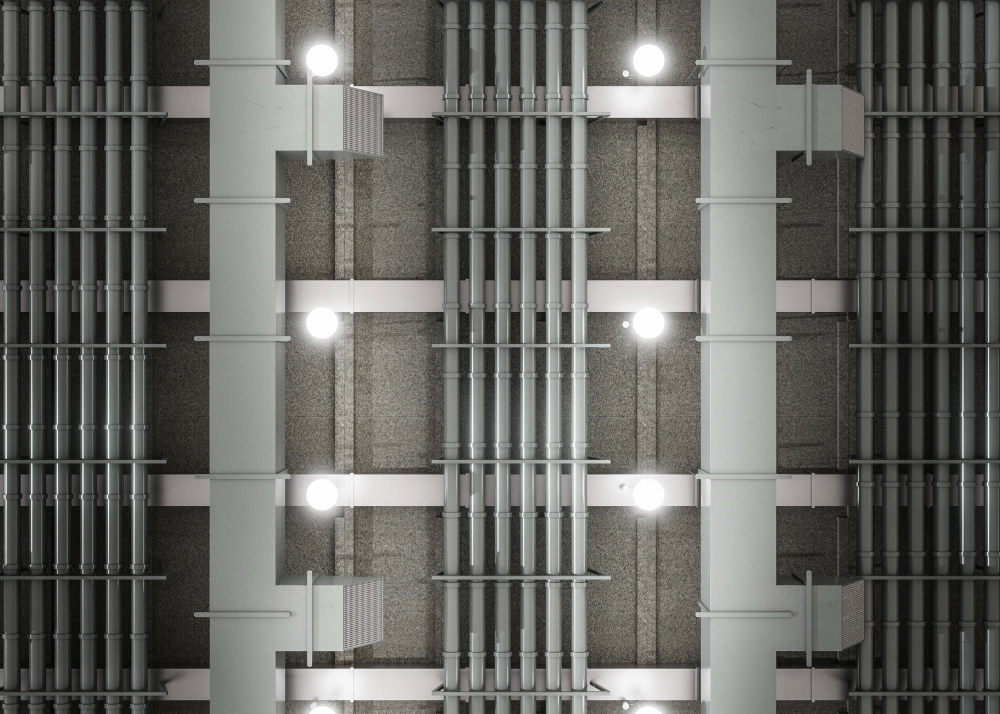Pickleball Court Construction & Installation: Building the Perfect Play Space
Pickleball Court Construction & Installation: Building the Perfect Play Space

Pickleball has emerged as one of the fastest-growing sports in the United States and beyond. A dynamic blend of tennis, badminton, and ping pong, it’s fun, accessible, and perfect for all ages. With its rising popularity, many communities, schools, clubs, and even private homeowners are investing in pickleball court installation to create spaces where players can enjoy the game safely and competitively.
If you’re considering building a pickleball court—whether it’s a single court in a backyard or multiple courts in a recreational facility—this guide covers everything you need to know about planning, building, and installing the ideal pickleball space.
Why Build a Pickleball Court?
1. High Demand & Growing Popularity
Pickleball has exploded in popularity in recent years. Communities, HOAs, and parks departments are rushing to meet demand for dedicated court space. Private installations are also on the rise as players bring the game home.
2. Low Maintenance & Long-Term Investment
Pickleball courts are relatively low-maintenance and provide lasting value. Whether concrete or asphalt, with the right surfacing and equipment, a well-installed court can serve players for many years.
3. Multi-Use Flexibility
Pickleball courts can be built as standalone courts or adapted from tennis, basketball, or multi-use sport surfaces, making them a versatile addition to almost any recreational facility.
Pickleball Court Construction: Step-by-Step
1. Planning & Site Evaluation
The process begins with evaluating the available space. A standard pickleball court measures 20 feet wide by 44 feet long, with a recommended total playing area of 30 feet by 60 feet for adequate safety zones.
Key factors to assess:
-
Sun orientation (north-south preferred)
-
Drainage and soil conditions
-
Surface slope and grade
-
Accessibility and safety
Professional contractors will conduct a site survey to ensure your location is suitable and provide a project proposal with cost estimates.
2. Court Base Construction
Once the planning phase is complete, the next step is constructing the base.
-
Excavation & Grading: The site is cleared and leveled to create a smooth, stable foundation.
-
Base Material: Crushed stone or gravel is often laid first to provide drainage and stability.
-
Concrete or Asphalt Pour: A 4-inch thick concrete slab is most common for long-term durability. Asphalt is a viable alternative for cost-sensitive projects.
-
Slope: Courts are typically built with a slight slope (1%) to prevent water pooling.
3. Surface Coating & Coloring
After the slab has cured (usually 28 days for concrete), the court is surfaced using acrylic coatings designed for sports play. These coatings offer grip, cushioning, and color customization.
Common color schemes include:
-
Green/blue (traditional)
-
Red/green
-
Custom branded color themes
Optional cushioned surfacing is available for enhanced joint protection and player comfort.
4. Court Striping
Pickleball courts are marked with precise lines to meet official standards. Line painting must be accurate and resistant to weather and wear.
A standard court includes:
-
Baseline
-
Sidelines
-
Kitchen line (non-volley zone)
-
Centerline
-
Service areas
Lines are typically 2 inches wide and painted in white or a high-contrast color depending on the surface color.
5. Net System Installation
The net system is installed at a height of 36 inches at the posts and 34 inches in the center. Permanent posts can be installed in-ground, or portable net systems can be used for shared or multi-use spaces.
Options include:
-
Fixed in-ground posts with sleeves
-
Semi-permanent nets with anchored bases
-
Portable roll-away nets for flexible spaces
Additional Court Features
Enhancing your pickleball court adds comfort, safety, and value:
-
Perimeter Fencing: Typically 10–12 feet high to contain balls and ensure safety.
-
Lighting: LED sports lighting allows evening play and enhances court visibility.
-
Benches & Shade Structures: Comfort for players and spectators.
-
Windscreens: Reduce wind interference and improve visibility.
-
Scoreboards & Storage Racks: Helpful for clubs or tournament venues.
Indoor vs. Outdoor Pickleball Courts
-
Outdoor Courts: Require weather-resistant materials, drainage planning, and sun/wind considerations.
-
Indoor Courts: Typically built in gymnasiums or multipurpose facilities with synthetic or rubberized flooring.
Court construction and markings follow the same general guidelines, but flooring type and lighting differ significantly between the two.
Cost of Pickleball Court Installation
Costs vary based on materials, location, and features:
-
Backyard Court: $15,000–$30,000 for a single court
-
Commercial Facility or Club: $30,000–$70,000+ depending on size, fencing, lighting, and amenities
-
Conversion of Existing Space: Lower costs if resurfacing or adapting a tennis or basketball court
It’s recommended to get a professional quote based on your exact needs and space.
Choosing a Pickleball Court Contractor
Hiring an experienced contractor ensures your court meets quality standards, safety guidelines, and longevity expectations. Look for providers who:
-
Specialize in sports court construction
-
Are familiar with USAPA (USA Pickleball) standards
-
Offer warranties and post-installation support
-
Provide references or project portfolios
Final Serve: Build Your Dream Pickleball Court
Whether you’re building a backyard court for friendly family matches or a multi-court complex for league play, professional pickleball court construction and installation ensures a long-lasting, enjoyable playing experience. With proper planning, quality materials, and expert craftsmanship, you’ll have a court that serves fun, fitness, and community for years to come.








